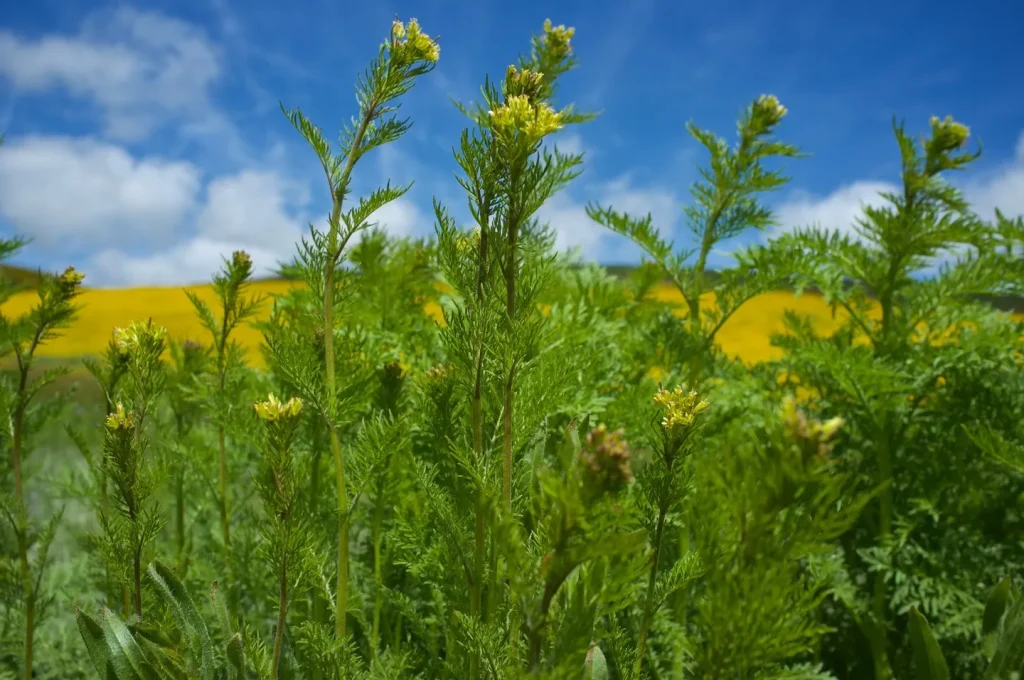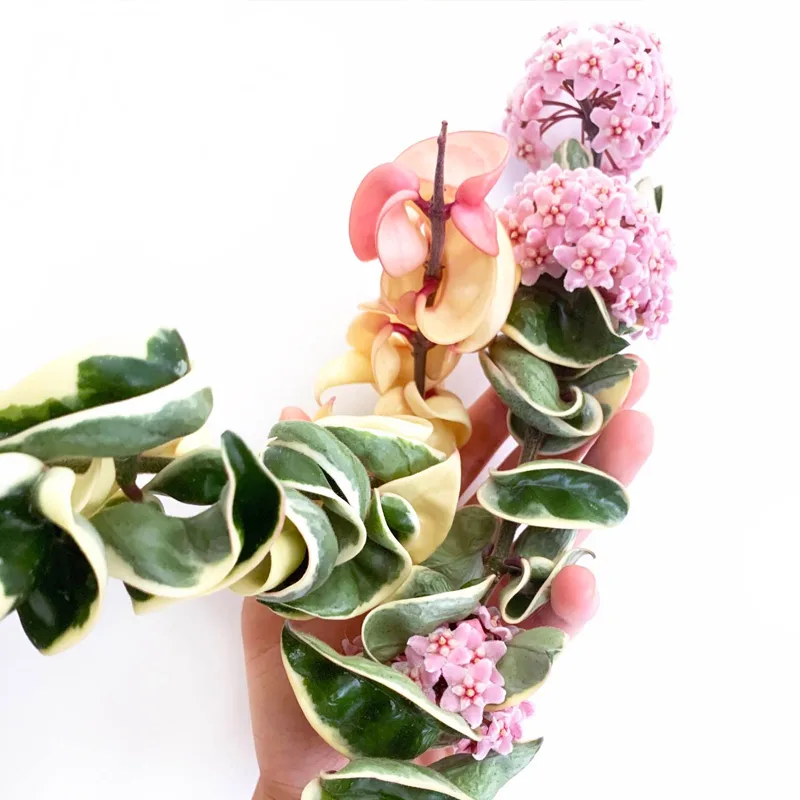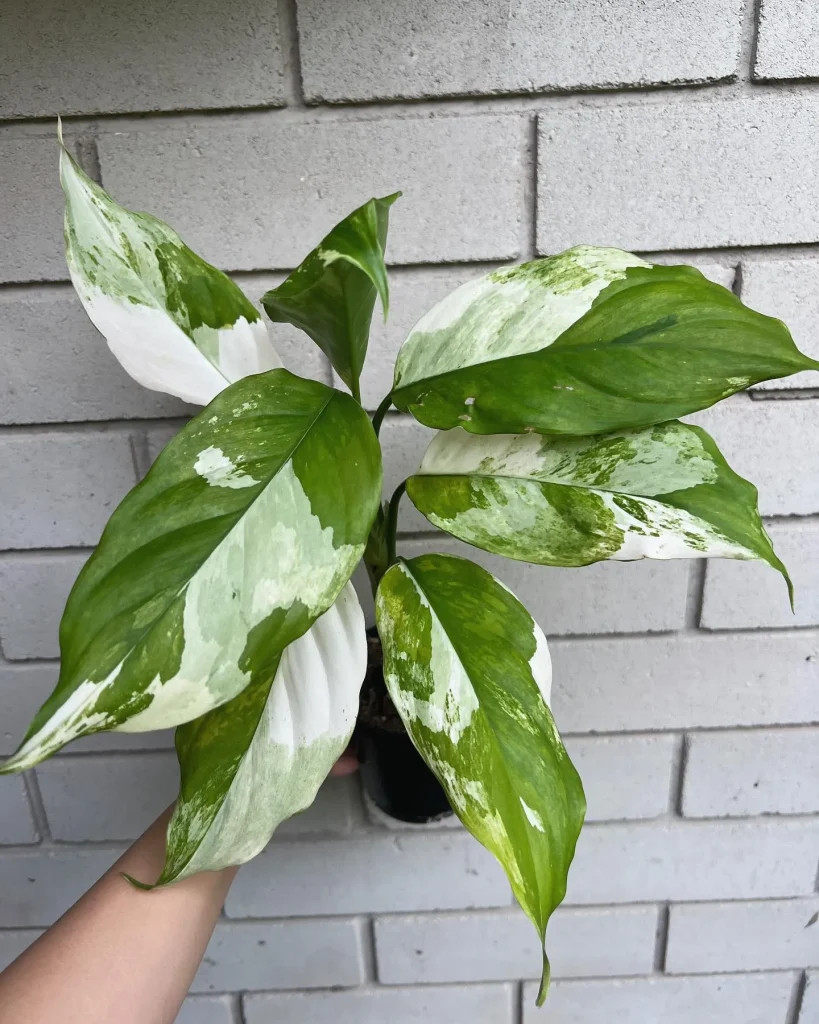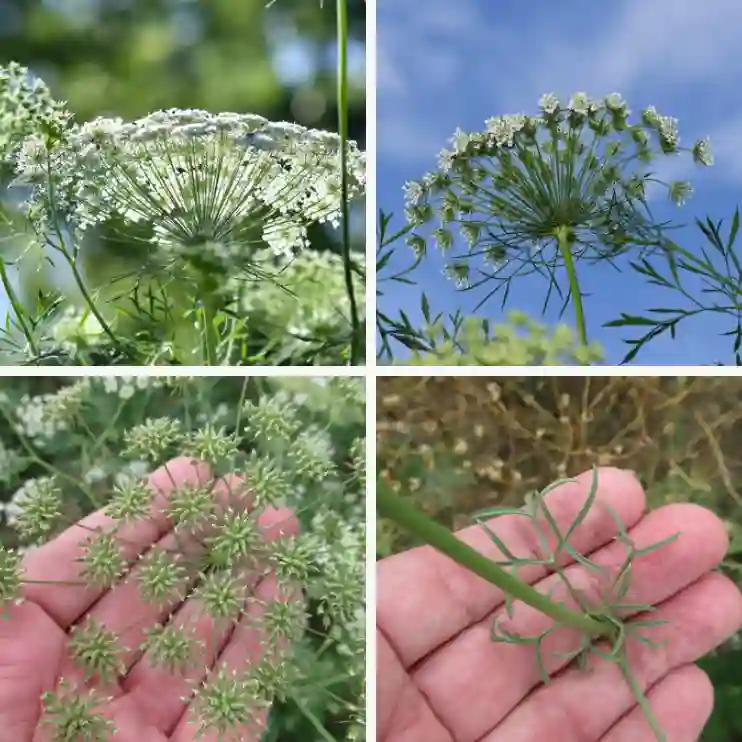FAQs About Cardamine Impatiens
As a plant enthusiast, I often get questions about specific species. One plant that frequently comes up in discussions is Cardamine Impatiens, commonly known as the Western Bittercress. Today, I’ll dive into some frequently asked questions about this fascinating plant, sharing my personal insights and experiences along the way.
277 Species in Genus Cardamine
What is Cardamine Impatiens?
Cardamine Impatiens is a perennial herbaceous plant native to North America. It’s commonly found in moist, shaded areas, often alongside streams and in woodlands. This plant stands out with its delicate, white flowers that bloom in early spring, attracting pollinators like bees and butterflies. Its leaves are a vibrant green, often divided into several leaflets, which adds texture to any garden or landscape.
How to Care for Cardamine Impatiens?
Caring for Cardamine Impatiens is relatively straightforward. Here’s what I’ve learned through my experiences:
- Light Requirements: This plant thrives in partial to full shade. While it can tolerate some sun, too much direct light can scorch its leaves.
- Soil Preferences: Cardamine Impatiens prefers rich, moist soil that is well-draining. I’ve found that adding organic matter, such as compost, can greatly enhance soil quality.
- Watering Needs: Consistent moisture is key. I usually water it when the top inch of soil feels dry. However, avoid waterlogging, as this can lead to root rot.
- Fertilization: A balanced, all-purpose fertilizer applied in early spring can boost growth. I typically use a slow-release option to provide nutrients throughout the growing season.
How to Propagate Cardamine Impatiens?
Propagation of Cardamine Impatiens can be done through seeds or division. Here’s a breakdown of both methods:
- From Seeds: I’ve had success starting seeds indoors about 6-8 weeks before the last frost. Once they germinate, transplant them outside in a shaded location. They generally germinate quickly, given the right moisture and temperature.
- From Division: In early spring or fall, you can divide established plants. Carefully dig up the root clumps and replant them in prepared soil. This method works well for expanding your garden or sharing with friends.
What to Plant with Cardamine Impatiens?
Companion planting can enhance the beauty and health of your garden. I’ve paired Cardamine Impatiens with several plants, and here are my top recommendations:
- Ferns: Their feathery foliage complements the delicate leaves of Cardamine Impatiens, creating a lush, woodland feel.
- Hostas: The broad leaves of Hostas provide a striking contrast to the finer leaves of the Bittercress, and both enjoy similar moisture and shade conditions.
- Woodland Phlox: This plant shares similar light and moisture requirements and adds a splash of color during blooming season.
Is Cardamine Impatiens Toxic?
One concern that many gardeners have is toxicity. Fortunately, Cardamine Impatiens is not considered toxic to humans or pets. In fact, it has been used traditionally for various medicinal purposes. However, it’s always wise to handle any plant with care and consult a professional if you have specific health concerns.
Benefits of Cardamine Impatiens
Beyond its aesthetic appeal, Cardamine Impatiens offers several benefits:
- Pollinator Attraction: As I mentioned earlier, its flowers are a magnet for bees and butterflies, promoting biodiversity in your garden.
- Erosion Control: Its dense root system helps stabilize soil, making it an excellent choice for planting in areas prone to erosion.
- Edible Use: The young leaves are edible and can be used in salads or as a garnish. I’ve tried them, and they have a mildly peppery flavor that adds a nice kick.
Common Problems with Cardamine Impatiens
Despite its hardy nature, Cardamine Impatiens can face some challenges:
- Pests: Aphids and slugs may be problematic. I’ve found that regular inspections and introducing beneficial insects can keep these pests at bay.
- Disease: Fungal infections can occur, especially in overly wet conditions. I recommend ensuring good airflow around the plants to minimize this risk.
How Does Cardamine Impatiens Compare to Similar Plants?
Sometimes, people confuse Cardamine Impatiens with similar species like Cardamine Pensylvanica (Pennsylvania Bittercress). While both share similar habitats and appearance, Cardamine Impatiens typically has a more delicate structure and prefers slightly wetter environments.
In conclusion, Cardamine Impatiens is a versatile and charming addition to any garden. Its low maintenance, attractive blooms, and benefits to local wildlife make it a plant worth considering. If you have further questions or want to share your experiences, feel free to reach out!
If i die, water my plants!



